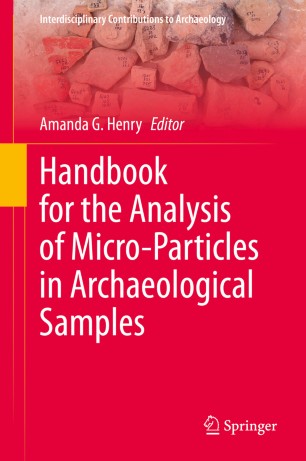

Most ebook files are in PDF format, so you can easily read them using various software such as Foxit Reader or directly on the Google Chrome browser.
Some ebook files are released by publishers in other formats such as .awz, .mobi, .epub, .fb2, etc. You may need to install specific software to read these formats on mobile/PC, such as Calibre.
Please read the tutorial at this link: https://ebookbell.com/faq
We offer FREE conversion to the popular formats you request; however, this may take some time. Therefore, right after payment, please email us, and we will try to provide the service as quickly as possible.
For some exceptional file formats or broken links (if any), please refrain from opening any disputes. Instead, email us first, and we will try to assist within a maximum of 6 hours.
EbookBell Team

4.1
70 reviewsThis handbook provides a resource for those already familiar with some kinds of micro-particles who wish to learn more about others, or for those just starting out in the study of microremains who wish to have a broad understanding about microscopic archaeology. Topics covered in this handbook include diatom microfossils, starch granules, pollen grains, phytoliths, natural fibers, volcanic glass, minerals, insect remains, and feathers.
Archaeological investigations increasingly rely on specialist identification of microscopic remnants found in sites. These micro-particles can provide information about the site environment and human activities that may not be apparent from artifacts and materials preserved on the macro-scale, and have given us new, and often high-profile, information about our past. The investigation of this "invisible archaeology" - that is, invisible to the naked eye - is still somewhat new, and generally each kind of micro-particle is studied individually. Researchers become experts in a narrow range of micro-particle types, but may be less familiar with, or even completely unaware of, the multitude of other forms that are frequently encountered in archaeological samples. This handbook’s accessible approach is suitable for those at the beginner level.